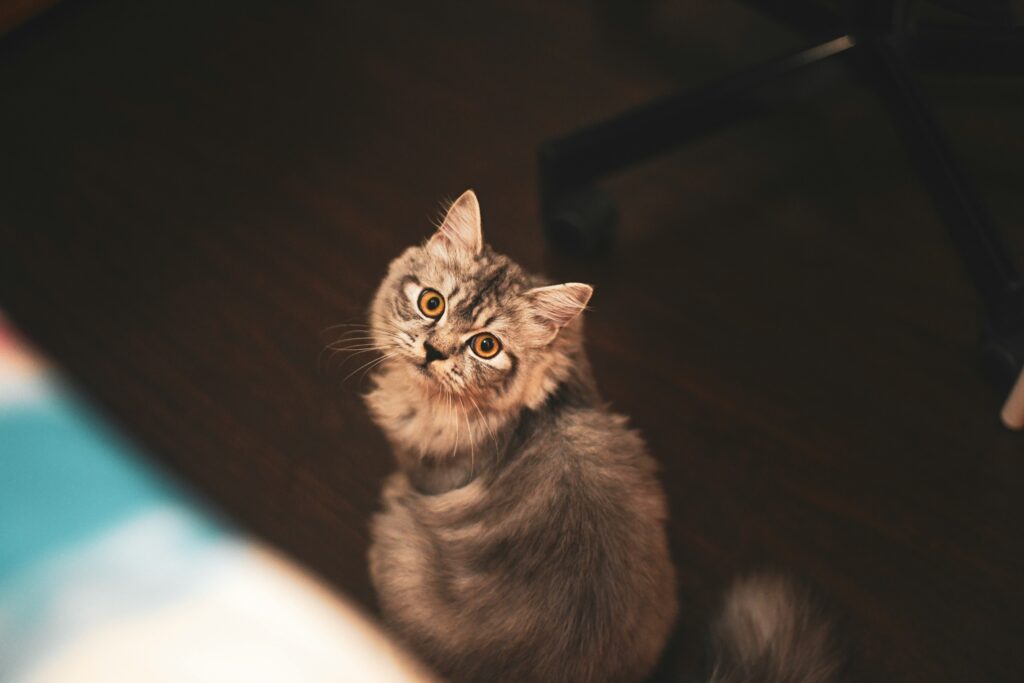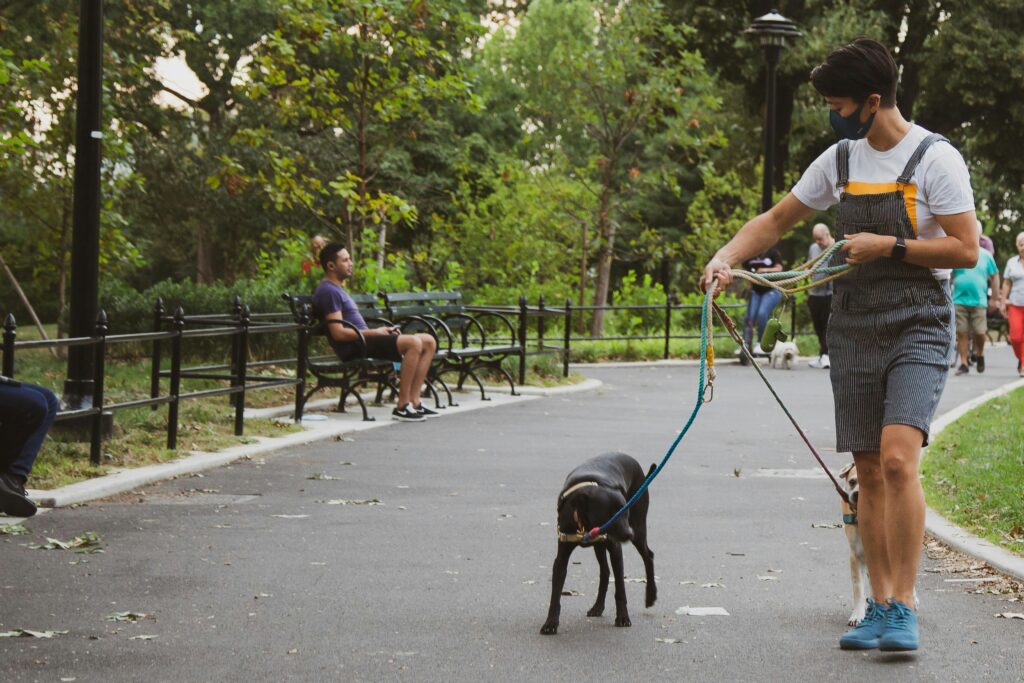As much as we love our furry friends, dealing with accidents inside the house can be frustrating. Whether you’re house-training a new pet or addressing behavioral issues with an older one, preventing your pet from doing its business indoors is essential for a clean, healthy, and odor-free home. Here are some practical, tried-and-tested methods to train your pet effectively and keep your living space spotless.
1. Understand Why It’s Happening
Before addressing the issue, it’s important to understand why your pet may be relieving itself indoors. Common reasons include:
| Lack of Proper Training | Puppies or kittens may not have been taught where to go. |
| Medical Issues | Bladder infections, gastrointestinal problems, or aging-related incontinence may be the culprits. |
| Territorial Marking | Pets sometimes mark their territory, especially if they feel threatened by other animals. |
| Stress or Anxiety | Changes in routine, new family members, or even a loud household can stress pets and cause accidents. |
Tip: Pay your vet a visit if you suspect medical or psychological factors.
2. Establish a Routine
Pets thrive on routine, and creating a consistent schedule can help prevent indoor accidents. You may start by setting regular feed times as it helps regulate when your pet needs to go. Additionally, taking your pet outside or to their designated spot first thing in the morning, after meals, and before bedtime creates a schedule for them and yourself to follow. Lastly, remember to throw in positive reinforcements, you’d be surprised how rewarding your pet with praise or treats whenever they’ve relieved themselves in the right place would go a long way.
3. Designate a Bathroom Spot
Having a specific area for your pet to relieve themselves helps build a habit. For dogs, find a spot outdoors that works for you and them, and consistently take them there. For cats, ensure their litter box is in a quiet, easily accessible are (not everyone likes audience, right?). Remember to clean the designated spot regularly to encourage reuse, but avoid strong-smelling cleaners that might deter them.

4. Use Crate Training for Dogs
If push comes to shove, try crate training. Did you know dogs instinctively avoid soiling their sleeping area? Hence, crate training can be highly effective in teaching dogs not to soil indoors. Do note to introduce the crate gradually, ensuring it’s a comfortable space, not a punishment zone.
Tip: Taking your dog outside immediately after releasing them from the crate reinforces good habits!
5. Clean Accidents Thoroughly
Pets often return to the same spot if they can smell traces of urine or feces. Therefore, it’s crucial to use an enzymatic cleaner to break down odors and prevent re-soiling. You should also avoid ammonia-based cleaners as they can mimic the smell of urine and confuse pets further. Lastly, address furniture and carpet stains promptly to avoid long-term damage and lingering odors.
6. Train with Commands and Cues
Teaching your pet commands like “go potty” or “outside” can be beneficial. Use a consistent phrase whenever you take them to their bath room spot. Then, pair the common with a reward system to encourage quick learning. Over time, your pet will associate the command with the action.

7. Address Behavioral Issues
Behavioral problems like anxiety or territorial marking require special attention.
| Anxiety | Introduce calming techniques, such as pheromone diffusers or gradual desensitization to stressors. |
| Marking | Spaying or neutering your pet often reduces marking behavior. Additionally, use repellents to discourage marking in certain areas. |
8. Invest in Quality Litter Boxes or Training Pads
For cats, the right litter box can make a world of difference:
| Choose a size suitable for your cat, and ensure it’s easily accessible. |
| Clean the litter box daily to avoid bad odors that deter use. |
| Experiment with different types of litter to find what your cat prefers. |
For dogs, training pads can be a temporary solution during house training:
| Gradually move the pads closer to the outdoor exit until your dog no longer needs them. |

9. Use Deterrents for Off-Limit Areas
If your pet consistently targets certain areas indoors:
| Use pet-safe deterrent sprays with scents like citrus, which most pets dislike. |
| Cover areas with foil or plastic temporarily, as pets often avoid these surfaces. |
| Block access to rooms or areas using baby gates or closed doors. |
10. Praise and Patience Are Key
Training a pet requires time, effort, and patience. So, it’s important to avoid scolding or punishing your pet, as this can increase anxiety and worsen the problem. And focus on rewarding positive behavior to reinforce the desired actions. Remember, consistency is crucial for success.

Final Thoughts
Preventing your pet from doing its business indoors is a manageable task with the right approach. By understanding the root causes, establishing routines, and using positive reinforcement, you can train your pet effectively. Regular cleaning, appropriate training tools, and a little patience go a long way in maintaining a clean and harmonious home. If the issue persists despite your efforts, consult a vet or professional trainer for tailored advice.








